The Red Book Urals: The Susha Project
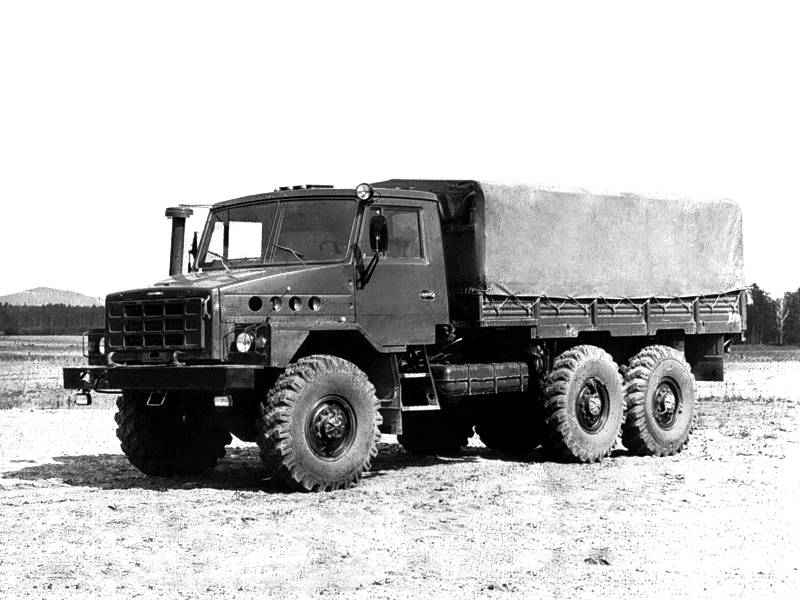
"Land" is a secret
With the advent of a real automotive giant in Naberezhnye Chelny, Ural trucks fell into real technological dependence on it. At first it was KamAZ-740 engines, which were constantly lacking for the Ural plant, and then it happened story with a new cabin.
In 1976, the management of the Miass Automobile Plant decided to develop a new family of army trucks that received the code “Susha”. The main model was to be the triaxial Ural-4322 - the direct successor to the diesel model 4320 with the already obsolete cabin from Ural-375. But engineers and customers from the Ministry of Defense did not stop there. The project also had a cabless car, for which the cab was borrowed from KamAZ. This decision does not seem to be the right one now, as direct competitors divide one complex unit into two cars of the same class. However, in the conditions of the Soviet Union and the absence of a market, they did not think about it - such decisions were caused by saving resources for development.
Also in the line “Sushi” was a four-axle heavy model “Ural-5322”, the layout of which, of course, was also hoodless. If you look closely at the bonnet version of the new "Ural", you will clearly see the elements of the "KAMAZ" - the windshield and doors. For the needs of the Urals, the base of the cabin and the motor shield were redone. It should be noted that the novelty looked quite organically. Among the innovations, engineers from Miass came up with a notch for a spare tire in the back wall. This decision allowed to increase the length of the body, moving it closer to the cab. In 1978, the idea of floating trucks, which had long been obsessed with in the Soviet Union, found its continuation in the Susha development work. Within the framework of the project, they built a unique Ural-4322P, which is outwardly practically indistinguishable from the “land” versions, but equipped with an all-metal sealed body and removable wave reflectors. At the same time, the car moved on water not only by rotating the wheels, but also with the help of a pair of propellers. Option 43221A was in a triaxial cabless design.
But even this didn’t seem enough - a floating version of the four-axle Ural-5322P truck (53221) with a carrying capacity of 7 tons was developed.
The first experiments on overcoming water barriers, floating vehicles of the Susha family took place at home, on Lake Turgoyak in the Chelyabinsk region. The experiments on the floating Urals were not the first in the history of the Miass plant - in the very beginning of the 70s, two bonnet-free amphibians were built.
Ural-379P (three-axle) and Ural-395P (four-axle) became the first floating heavy trucks in the world. Here, the movement on the water was carried out with the help of two three-blade propellers, to the aid of which came wheels with developed lugs. The main buoyancy was provided by a sealed body, and polyurethane foam throughout the body protected from leaks. The cars were distinguished by original cabins of their own design and from far away did not remind of the “seafaring” qualities of the Urals. The test results were rather positive, but the matter did not reach the serial implementation and work was continued in the Susha R & D.
Motors and Series
In the motor range of the new Urals, there was initially a complete borrowing of power units from colleagues from Naberezhnye Chelny. The base was, of course, the V-shaped KamAZ-740 for 210 liters. pp., and for heavy four-axle trucks it was hoped to establish a promising V-shaped 10-cylinder KamAZ-741 260 liter engine. from. The latest engine was the fruit of modular unification with the younger engine.
Five years after the start of work on the Susha project, it was decided to equip the machines with promising air-cooled Deutz F8L413 diesel engines. There was even a factory built for this motor (called Ural-744) in Kustanai, which was discussed in the first part of the cycle. However, the attempt to become independent from KamAZ turned out to be futile - the plant began work under the collapse of the Soviet Union, further cooperation with it was impossible.
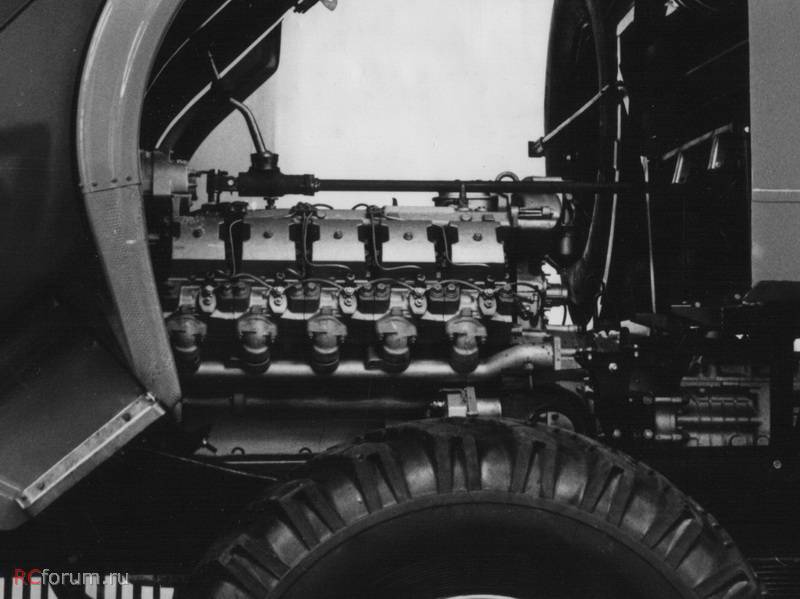
In addition to the above versions of the new family of cars, the Ural-4322B version was also developed, the chassis of which was lengthened by 275 mm. The cargo platform of such a machine was already 4664 mm long and allowed to hold 33 soldiers at once. In addition, all vehicles under the “Susha” code were additionally sealed, which provided the trucks with the opportunity to cross the ford with a depth of 1,75 meters. Under the Ural-4322 machines at the Institute of Forestry Engineering at the end of the 80s, typical habitable frameless K-4322 bodies were developed, which, along with all the Susha family vehicles, were accepted for production. Before the state commission recommended the new “Urals” in the series, they, in accordance with the requirements of the Ministry of Defense, ran 35 thousand kilometers in the conditions of hot deserts and frosty north.
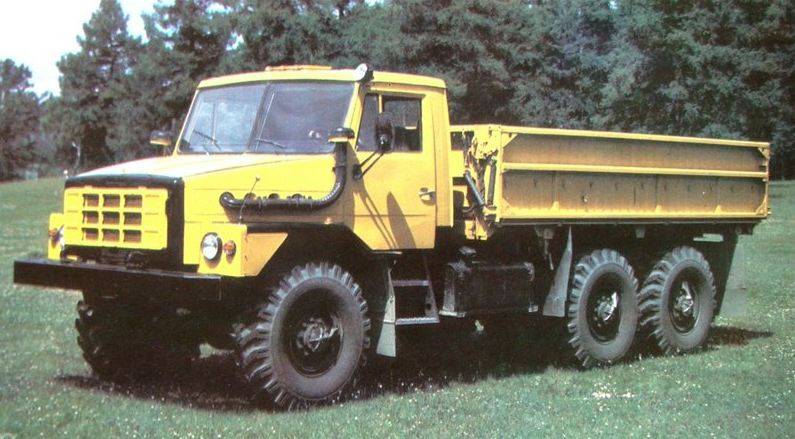
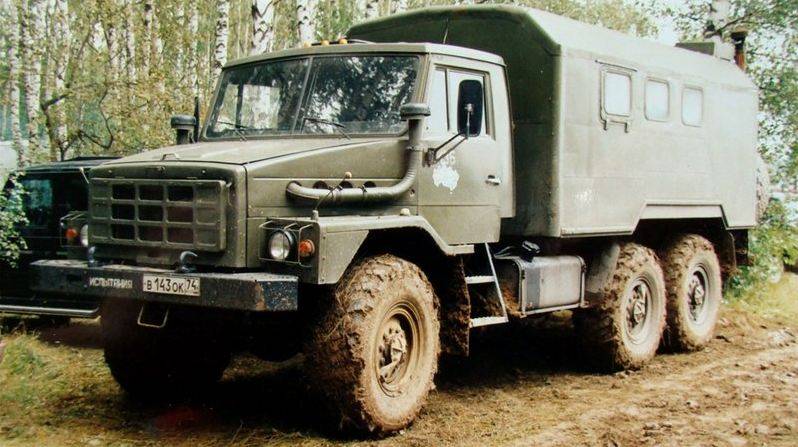
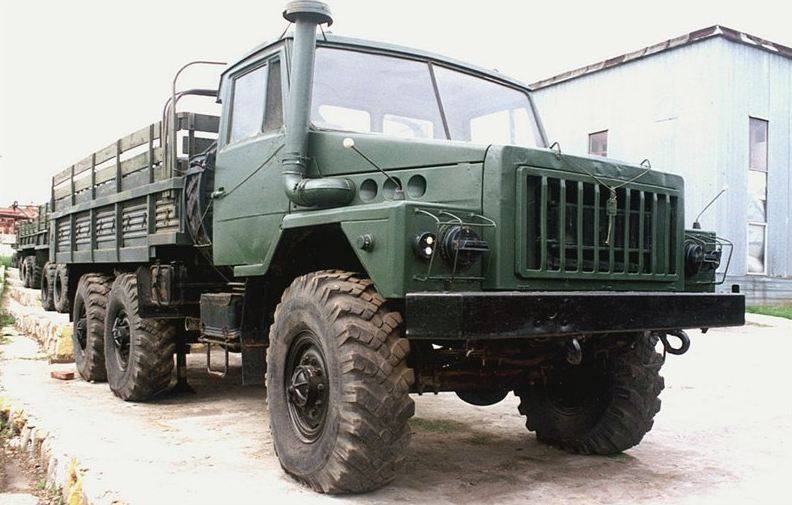
In general, I liked the cars very much, among the recommendations was improving the air circulation in the engine compartment (the engine, I remind you, is an air-cooled diesel engine) and warming the cabin motor shield. Only the bonnet “Ural-43223” went into a series of the whole family, and only in 1992, when at first in Miass the first engines from Kustanai waited. Altogether, 405 diesel engines were delivered to Kazakhstan from the South Urals, after which German Deutz KHD F8K413F with a capacity of 256 liters were already mounted on parts of the Urals. from. Along with imported motors, the Susha series cars were equipped with Zahnradfabrik (ZF) gearboxes. A certain percentage of cars were assembled with traditional KAMAZ diesel engines of the 740th series. And, it would seem, the matter went - in addition to the production range, the Ural-55223 civilian dump truck was introduced, the car was taken well even with expensive imported units. The assembly was organized outside the main conveyor on the premises of the small series production workshop. At the same time, automobile workers assembled rally-raid vehicles “Ural-43223C”, in which in 1992 they won the first and second places in the Polish rally “Elchi”. In September of that year, several trucks took part in the Paris-Moscow-Beijing super marathon, to the end of which only one crew from Miass reached. Despite numerous breakdowns and the final last place, the drivers with the navigator received the prize “For the will to win”.
After all this, the Kama Automobile Plant suddenly came to its senses and cut off supplies of stamped cab blanks for Miass - after all, the company in Miass produced direct competitors. Having collected about 1000 cars (according to other sources, no more than 500), the Ural Automobile Plant in 1998 stopped producing trucks with new-generation cabs. As we know, the new massive bonnet cab “Ural” (unified with civilian gas engines) had to wait until 2014 ... I recall that in Naberezhnye Chelny they could not independently design a cab for their own cars.
All army "Urals-43223", which managed to get into the Russian army, were withdrawn from service in 1998. One of the last vehicles of the Susha project is now stored in the Ryazan Museum of Automotive Engineering (now this site belongs to the Museum of the History of the Airborne Forces). Attempts by factory workers at the beginning of the XNUMXth century to ennoble the appearance of the cabin of the classic Ural with the help of plastic panels do not cause anything but a condescending smile.
Despite everything, the history of the Susha project cannot be called unpromising for the plant. Firstly, many developments formed the basis of a new family for military needs - Motovoz. And secondly, all this showed the factory workers that in the conditions of the free market, one can only hope for themselves and motor builders who are deprived of their own automobile production. That was the Yaroslavl Motor Plant.
To be continued ...
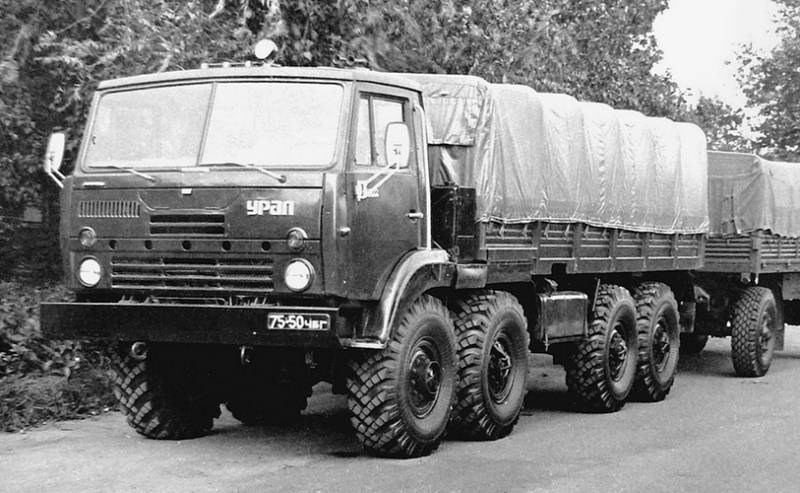
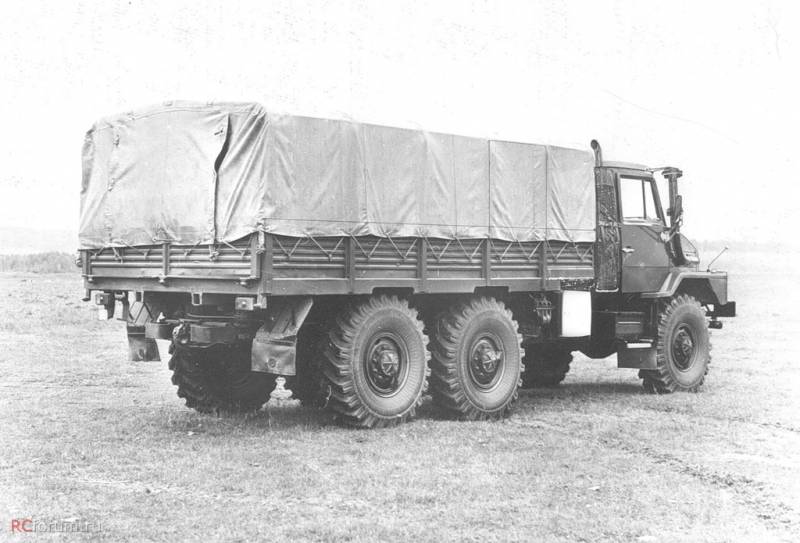
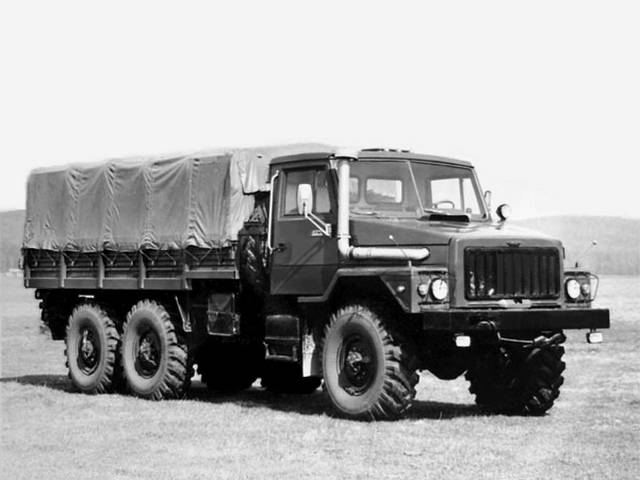
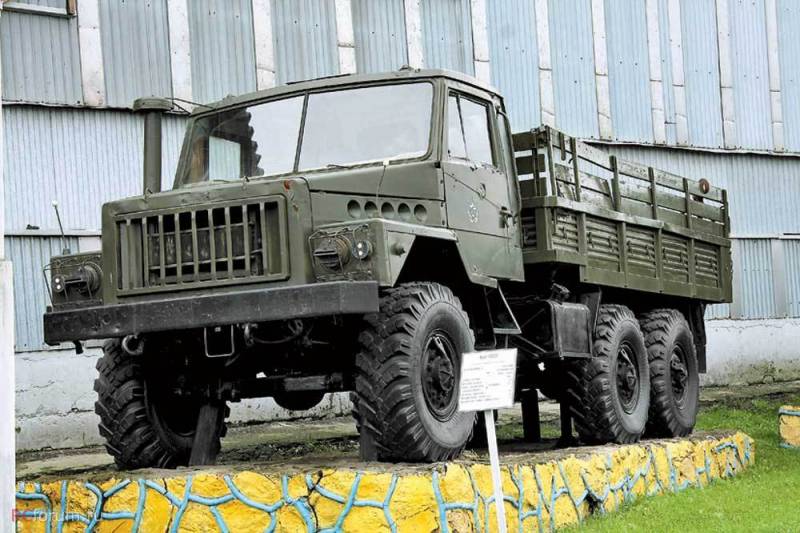
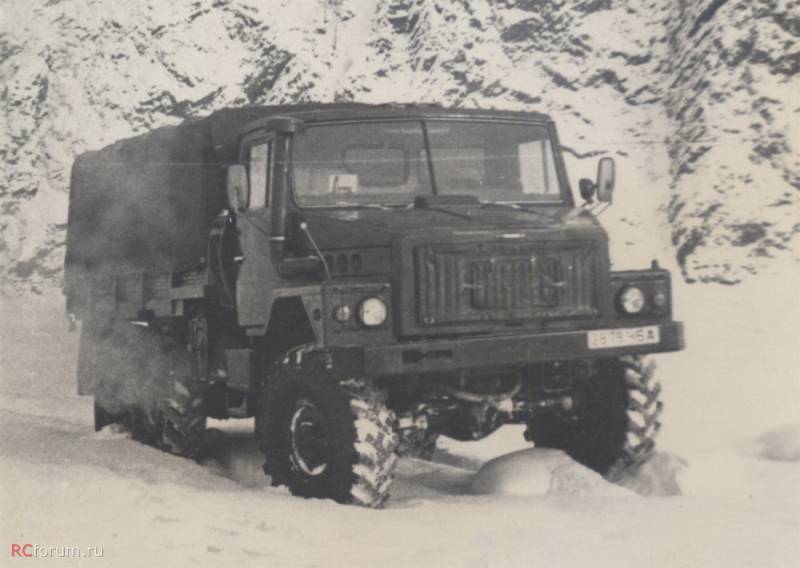
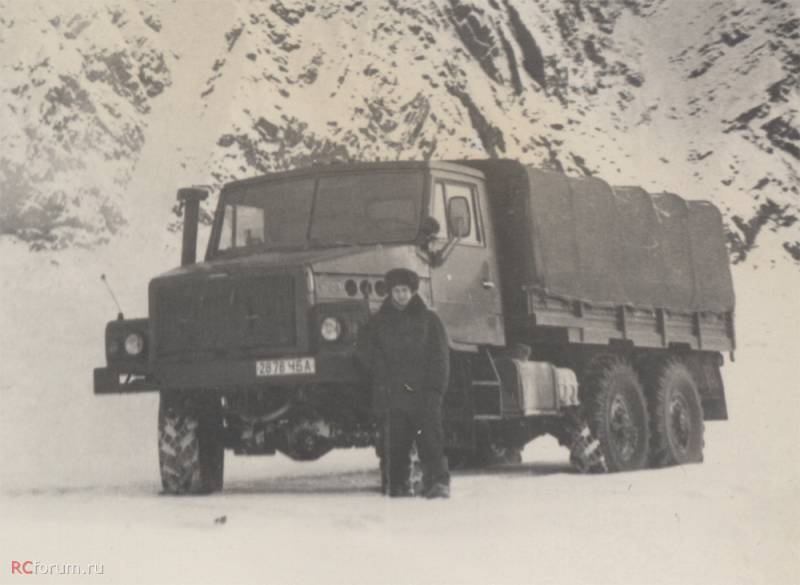
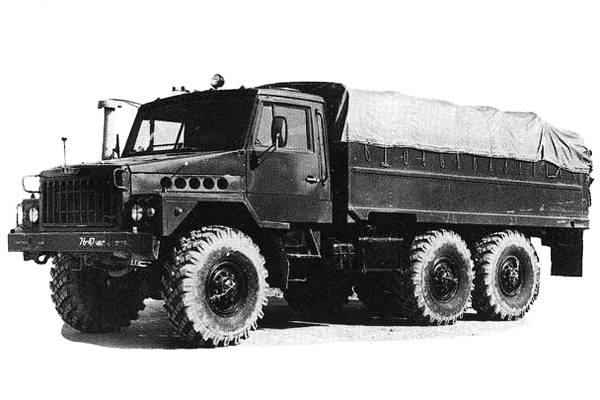
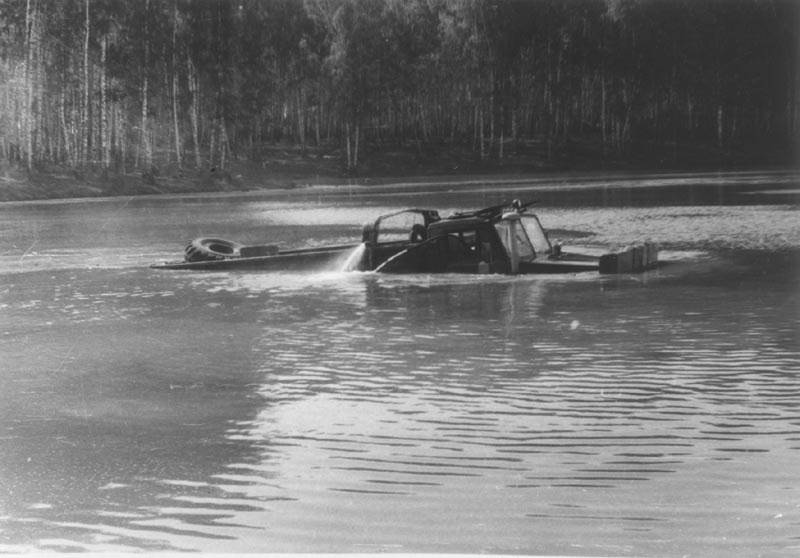
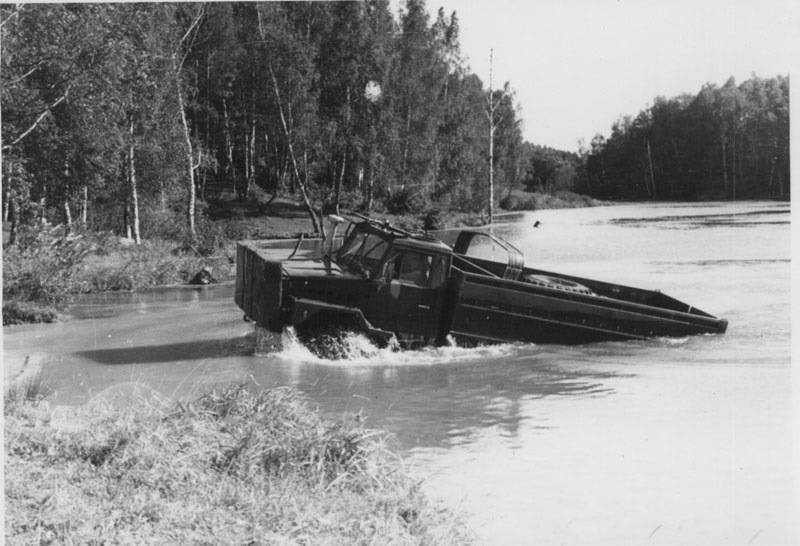
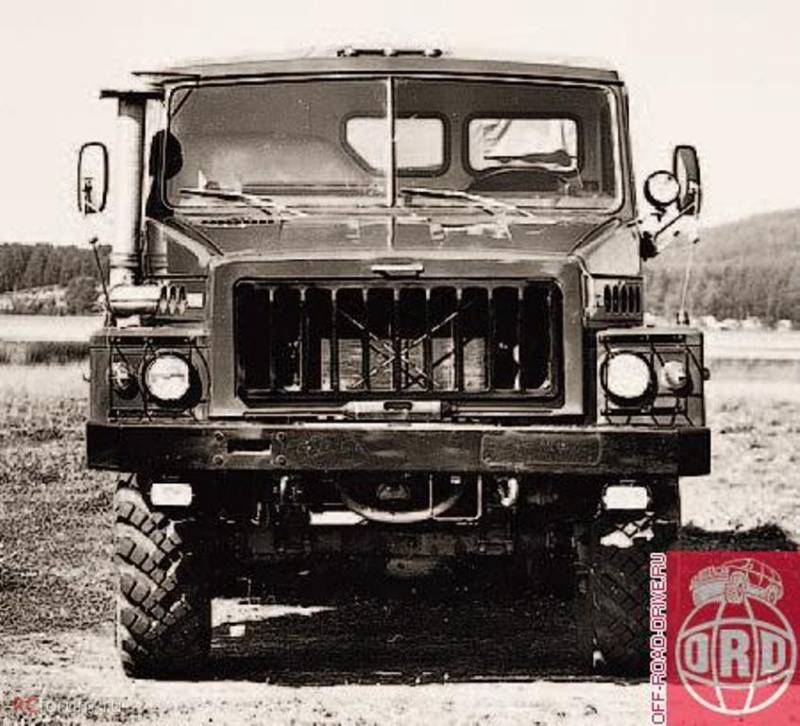
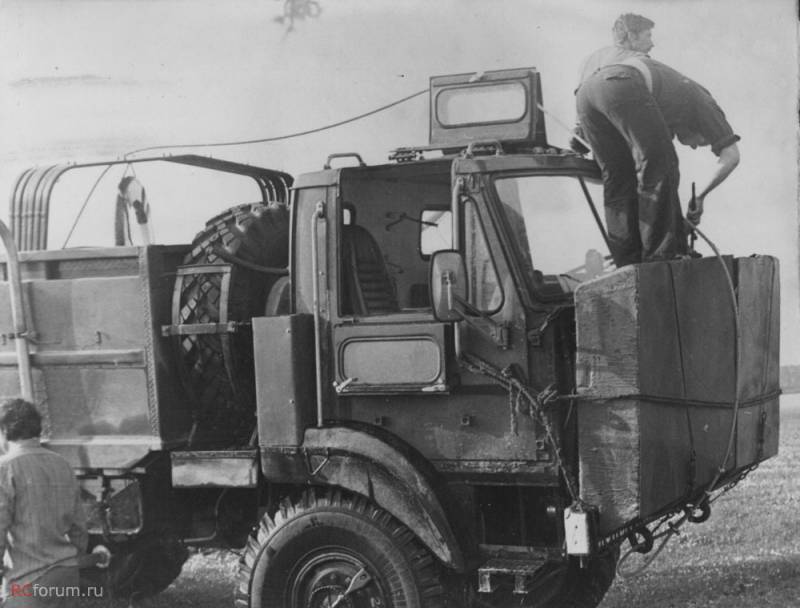
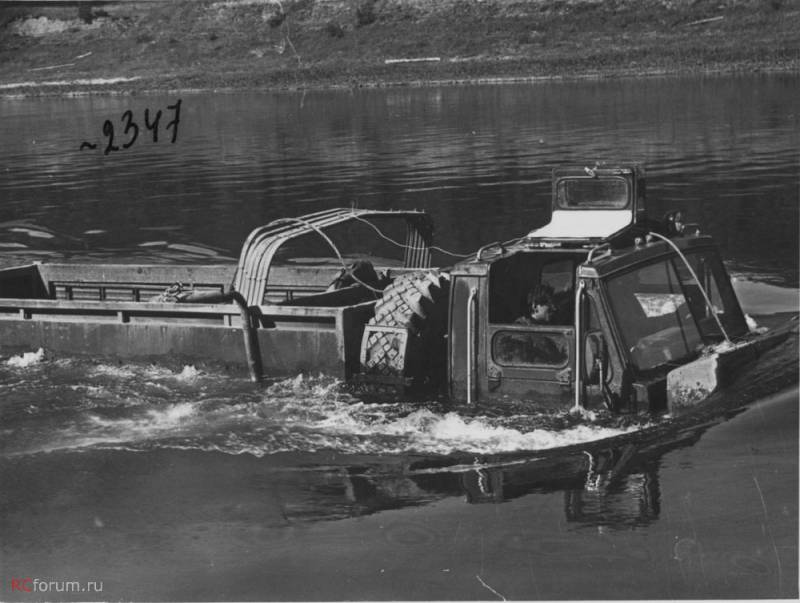
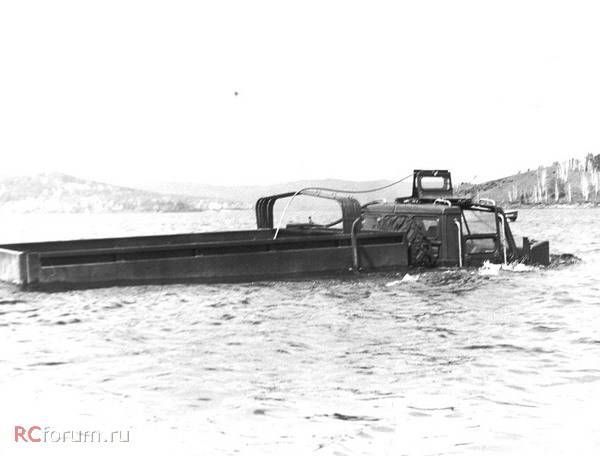
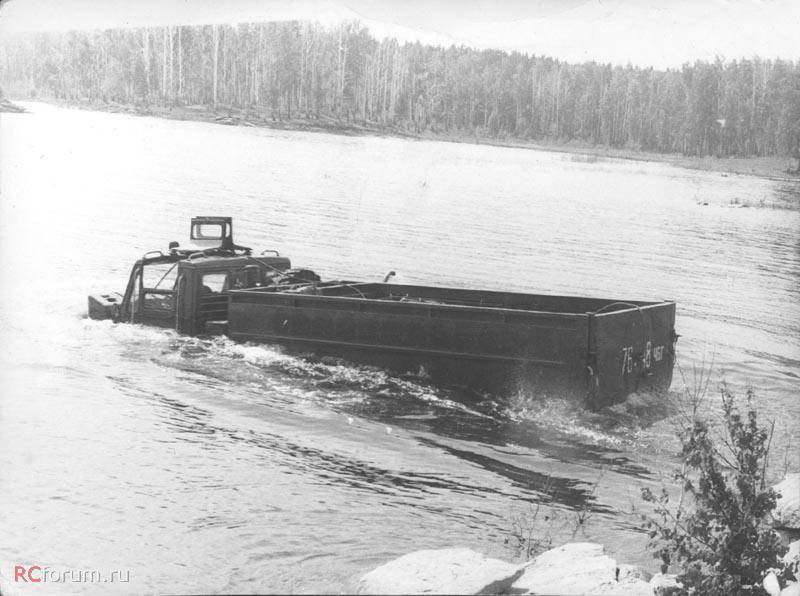
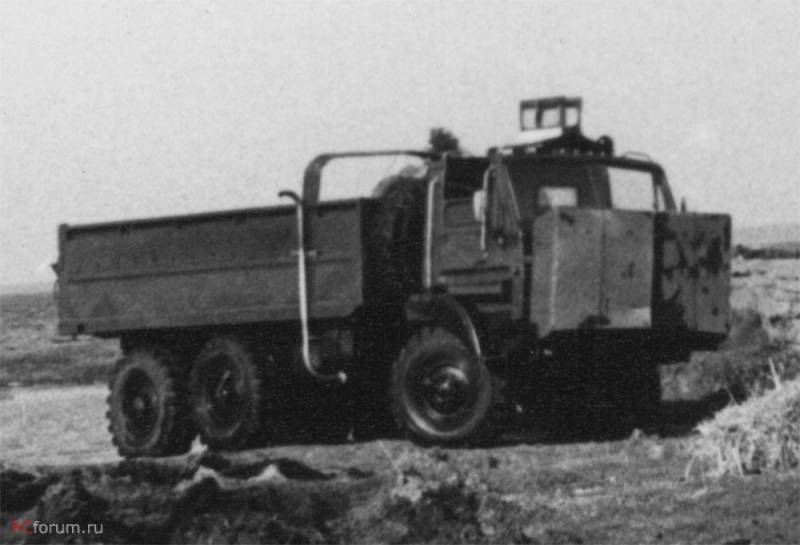
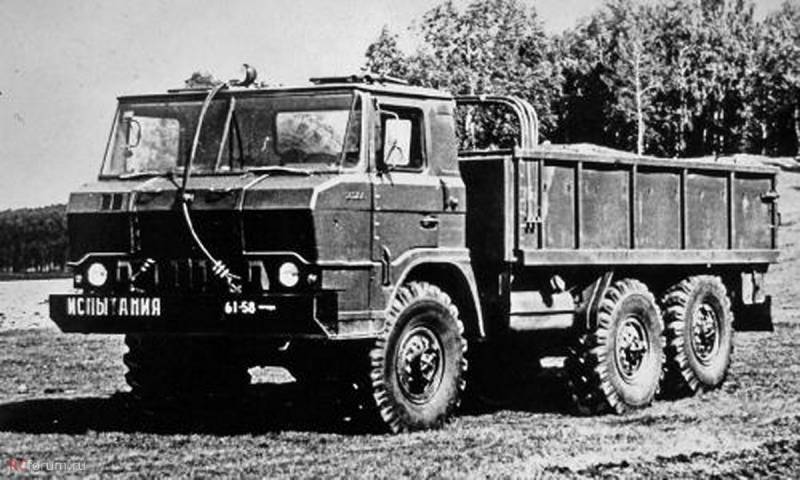
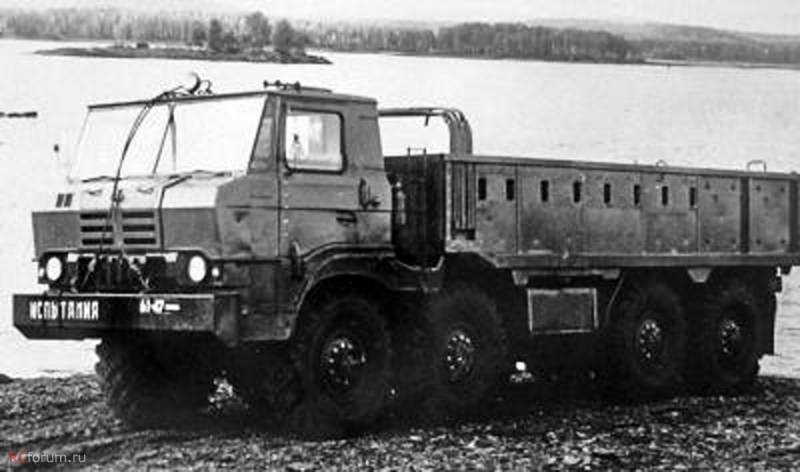
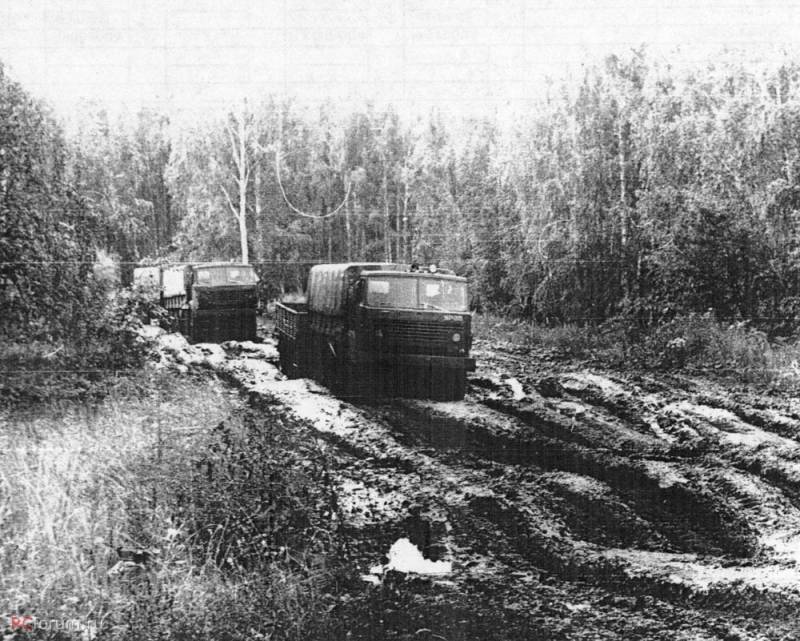
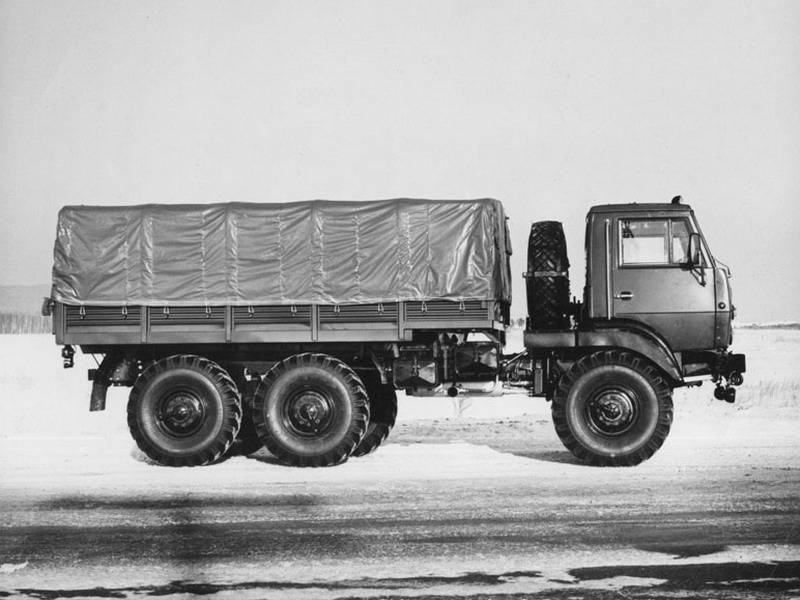
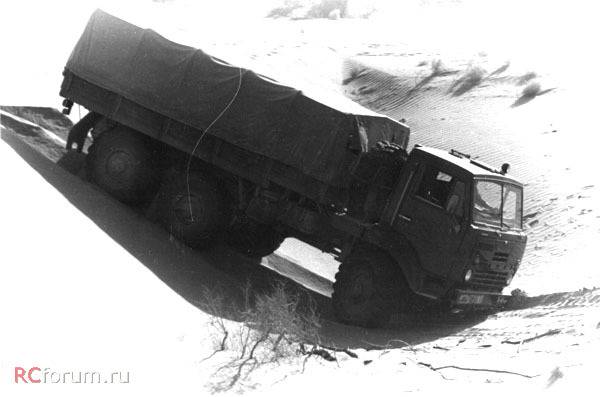
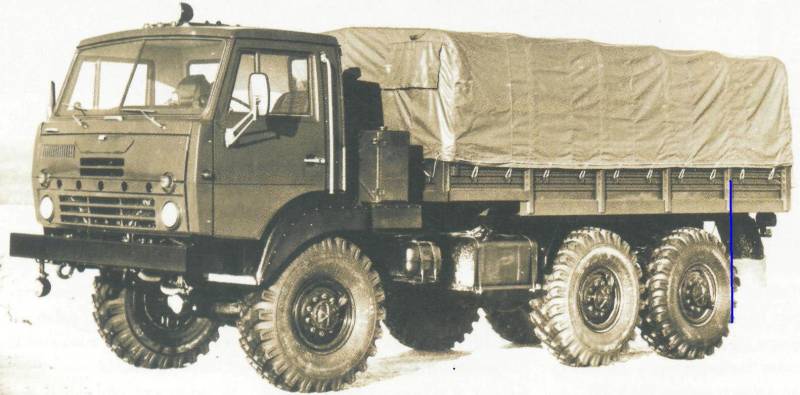
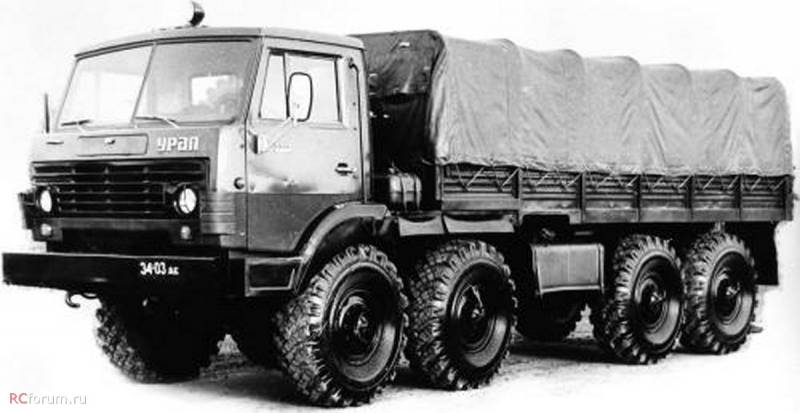
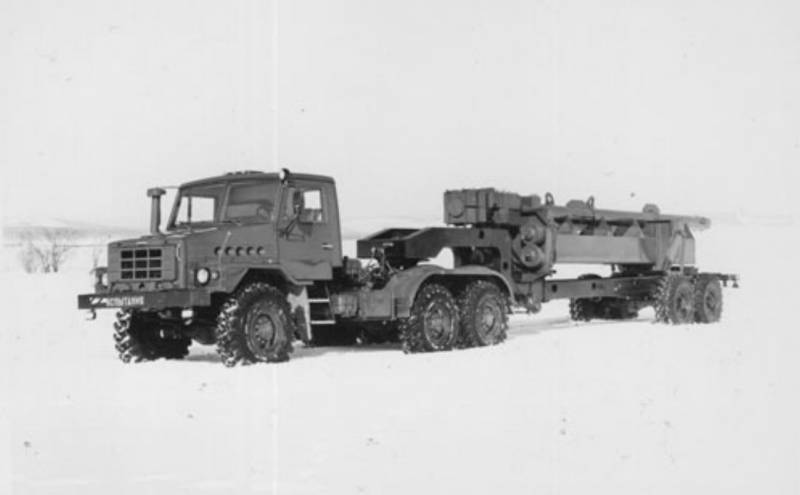
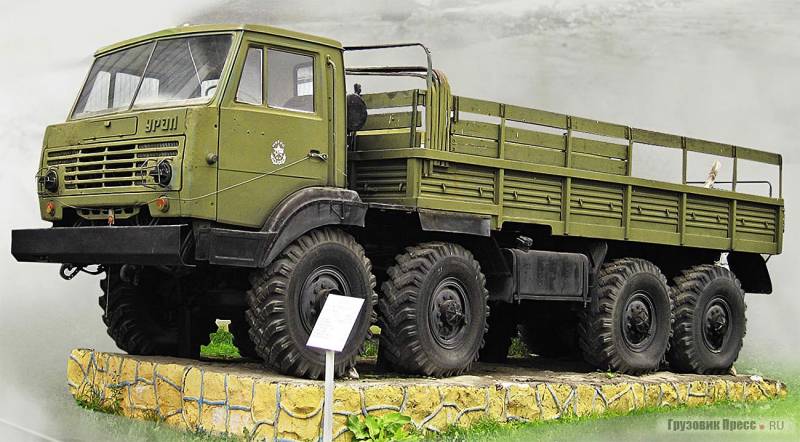
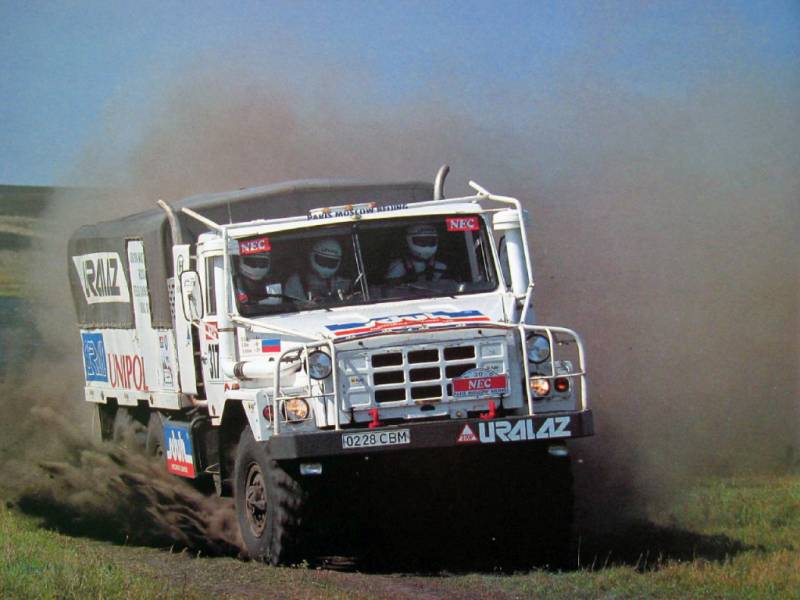
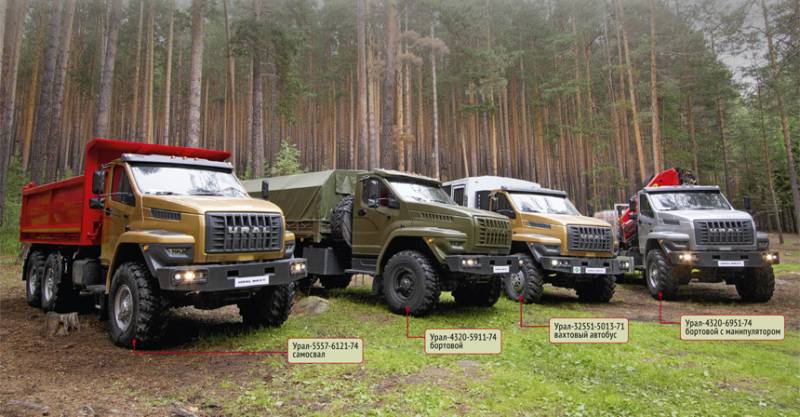
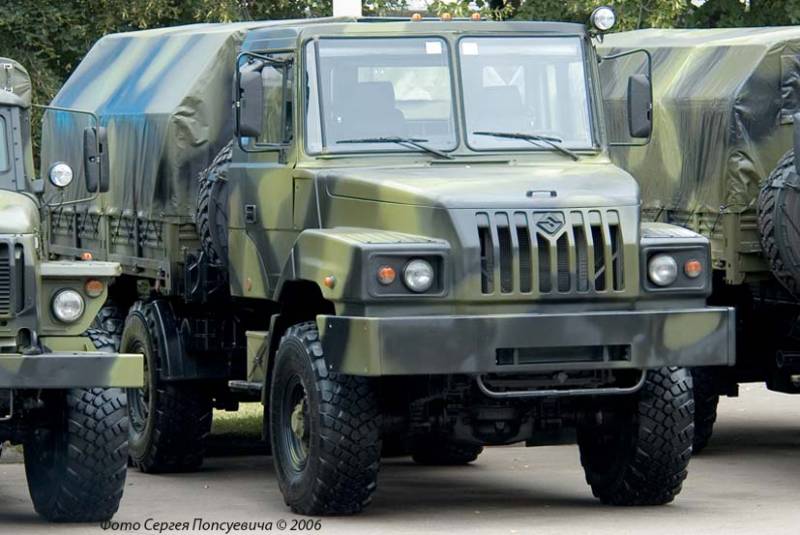
Information